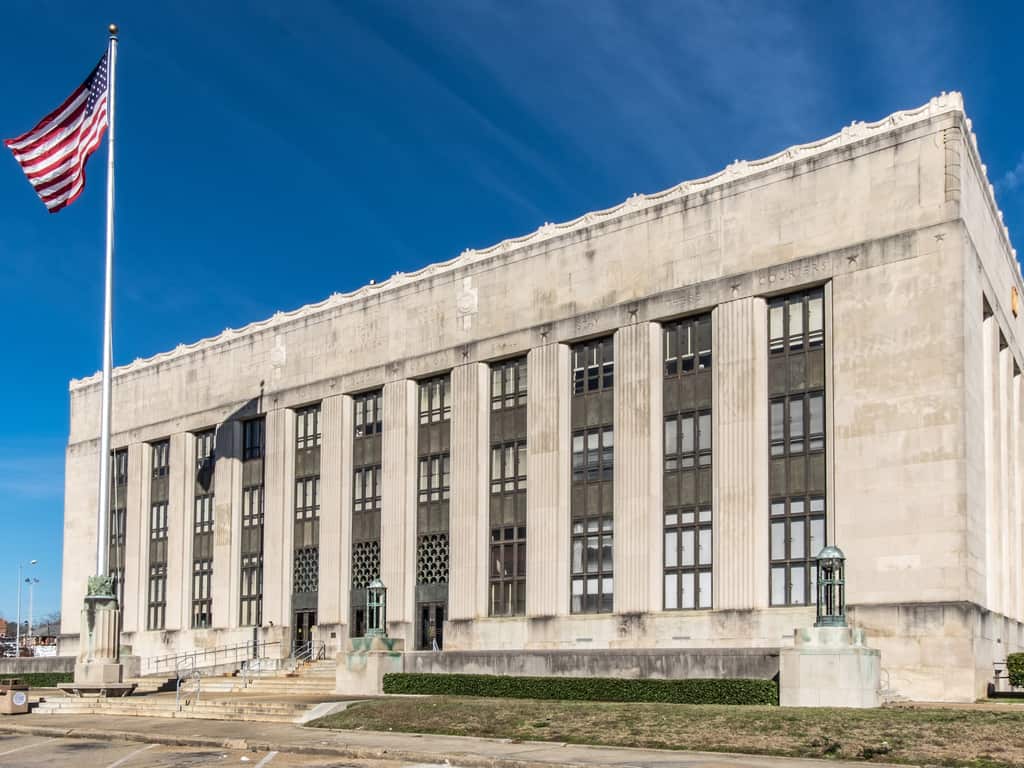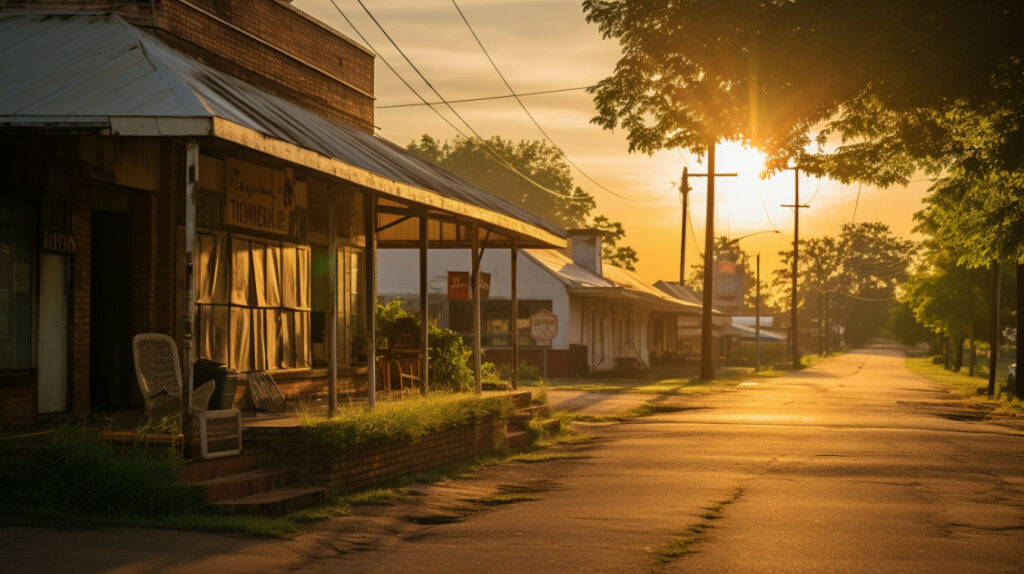An interview with Central MS Turtle Rescue from Jackson, Mississippi.
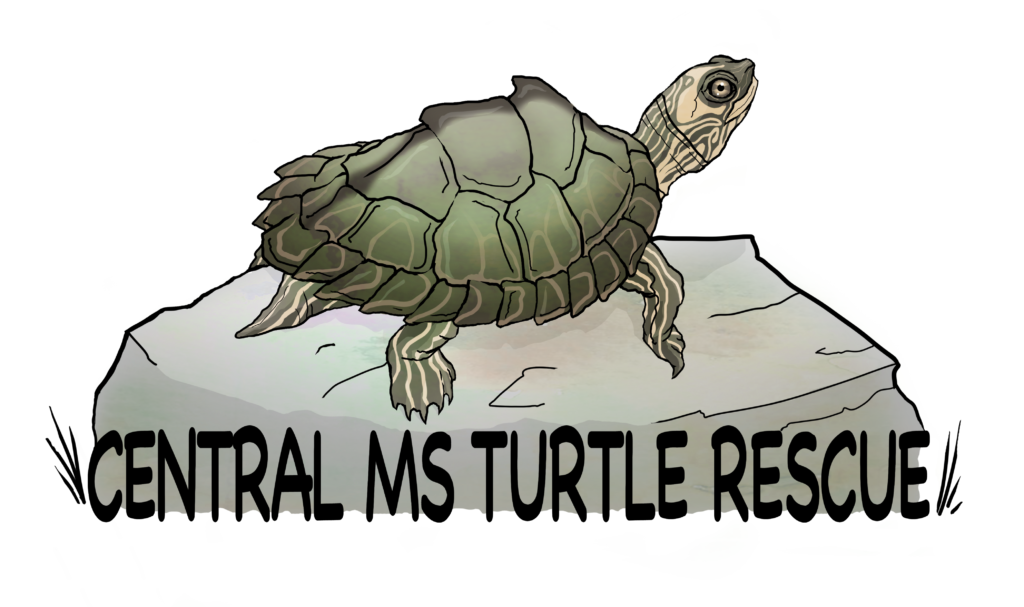
Table Of Content
- Introducing The Founders Of Central MS Turtle Rescue
- How Did Central MS Turtle Rescue Start? What Are The Challenges Encountered Along The Way?
- Tell Us About The Most “Unusual” Animal That Central MS Turtle Rescue Has Ever Taken.
- Tell Us About Your Events
- Share With Us The Rewarding Part Of Running An Animal Rescue
- What Do You Think Might Be The Greatest Challenge Of Running An Animal Rescue?
- Tell Us About Your Volunteers
- Where Do Most Of The Animals In Your Rescue Come From, And What Is The Process For Rescuing And Rehabilitating Them?
- What Are The Busiest Periods And How Does Central MS Turtle Rescue Cope?
- What Animals Does Central MS Turtle Rescue Focus On?
- Working With The Local Community
- Tell Us More About Your Events
- What Is Done Differently at MS Turtle Rescue?
- How Has MS Turtle Rescue Adapted To The Challenges Presented By The Pandemic?
- Share Any Heartwarming And Successful Stories Of Animals Rehabilitated And Rehomed By Your Rescue
- What Kind Of Help Does Your Organization Need From The Local Community?
- Connect With Central MS Turtle Rescue here:
Introducing The Founders Of Central MS Turtle Rescue
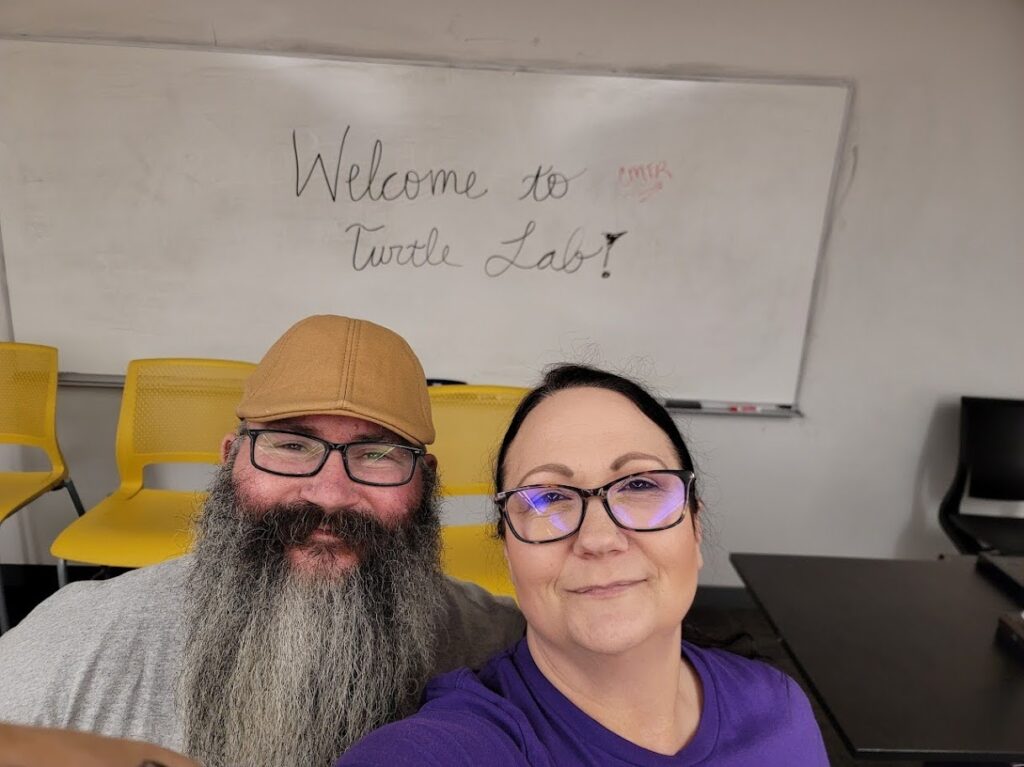
The Founders of Central MS Turtle Rescue
My name is Christy Milbourne. I am the founder and executive director of the Central MS Turtle Rescue. My duties include turtle rescue/rehabilitation, bookkeeping, fundraiser, public relations manager, social media manager, webmaster, adoption coordinator, educator, and business manager. I handle the daily care of all turtles kept indoors. My husband, Luke, is the co-director. His duties include turtle rescue/rehabilitation, shell repair specialist, facility maintenance and construction, and he handles the daily care of all outdoor turtles.
How Did Central MS Turtle Rescue Start? What Are The Challenges Encountered Along The Way?
We began keeping turtles in 2006 when a neighbor rescued a box turtle from a burn pile. We joined an online community called the Turtle Forum and began learning all that we could about turtles and their care. (Over the years, this community became family, and we have many close friends to this day that originated on that simple online discussion board.) Our growing interest in turtles inspired the occasional rescue of turtles we would notice that had been injured in some way (such as turtles hit by cars). It wasn’t long before our vet started referring clients to us when they’d find sick or injured turtles, and this led to us helping around ten turtles per year. In 2010, we became sub-permitted under the rehabilitation permit of a local wildlife rescue and began helping roughly 30-40 turtles per year, and in 2013 we were awarded our own individual permit from the State of Mississippi. In 2017 we became a 501c3 nonprofit, and the Rescue really took off. A Facebook post we made in July of that year went viral, netting over 800,000 views, 43,000 shares, and more than 5,000 new followers in two days. We instantly went from 30-40 turtles per year to over 400 turtles per year, and those numbers have continued to climb since then. (In 2022, we helped 512 turtles and tortoises, with a success rate of 86% after the first 24 hours.)
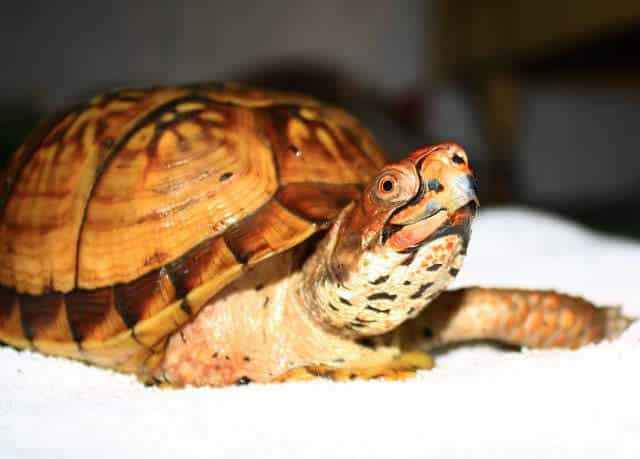
Tell Us About The Most “Unusual” Animal That Central MS Turtle Rescue Has Ever Taken.
“Booboo” was a red foot tortoise who had been raised by a loving family, but a loving family that had been misinformed on the correct care and habitat his species need. Unfortunately, this caused severe malformation of his body and shell. He could not use his back legs for walking, his top and bottom jaws were offset so he had trouble eating on his own, and his shell was so badly pyramided (a term used to describe shell deformation that usually sees the shell growing upward rather than outward) that his organs (especially his lungs) were very compressed. But Booboo was something special. He had such a vibrant personality – he always seemed to be happy (the impression made even more pronounced by the mismatched jaws that made him look like he was smiling all the time.) He would get incredibly excited to see people he recognized – he would start bouncing around and shaking his back end and would try to walk to that person. He was especially fond of my mom (mostly because she always brought him mushroom snacks when she would visit and would hand-feed them to him while he sat in her lap.) Booboo made an impression not just on us but on hundreds of people online who had fallen in love with him and his story on an online message board called the Turtle Forum. Sadly, Booboo only lived two of his nineteen years with us. He passed away just after Christmas in 2012. For a while, that broke me. I almost gave up rescuing and rehabbing turtles. But then, one day, his face flashed into my eyes, and this overwhelming thought hit me like a slap. “Don’t give up. Save more.” I realized Booboo would want me to help others like him. Booboo would want me to help educate people, so more tortoises don’t become like him to begin with. And so that is when we knew the Central MS Turtle Rescue was something we had to do, and from that point forward, we made it our mission to create it and help as many turtles and tortoises as possible.
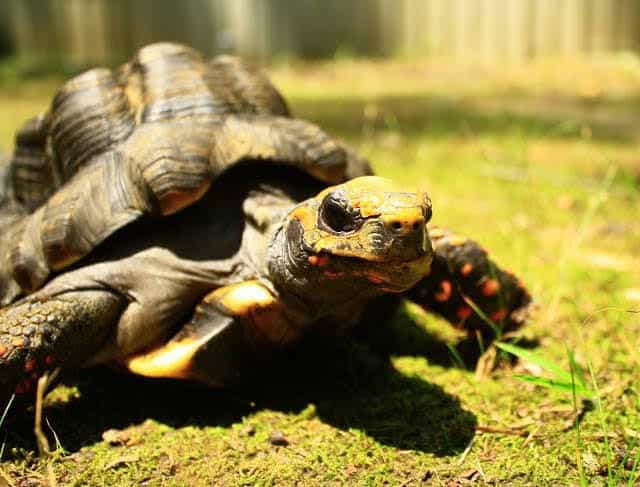
Tell Us About Your Events
I wouldn’t say our fundraisers have been “unique,” but we’ve quite enjoyed doing them. We’ve hosted online auctions, offered turtle sponsorship opportunities, sold t-shirts and calendars, and we have a fundraiser page on our website where we sell items people have donated.
Hands-down, the most rewarding part of this is seeing a turtle that was at death’s door when I met him go free again after his stay with us. Knowing that we helped right a wrong that was almost certainly human-caused is one of the greatest feelings in the world.
What Do You Think Might Be The Greatest Challenge Of Running An Animal Rescue?
Funding and manpower. We are incredibly blessed to have the donors and supporters that we do have, but it really doesn’t compare to the size of donations that many other charities receive. And because our budget is so small, we can’t afford a paid staff. We have some amazing friends that come once a week and help out, but it isn’t nearly enough. And it’s certainly not enough to allow my husband and I to leave the property for very long. My daughter and grandson live out of state, and I usually have to wait for them to travel to me because it’s just so difficult to get away, especially during the warm months. But there are no grants or state/federal funding for a rescue like ours. We depend solely on donations. And since turtles and tortoises are very specialized species, it can be difficult to drum up the type of donations that people will give for domestic animals or all-species wildlife rescues. I lose sleep wondering who will take this over from us when we’re gone because I know no one will want to commit their lives to this and give up almost all of their freedom without earning any income from it. I worry very much for the future of our rescue.
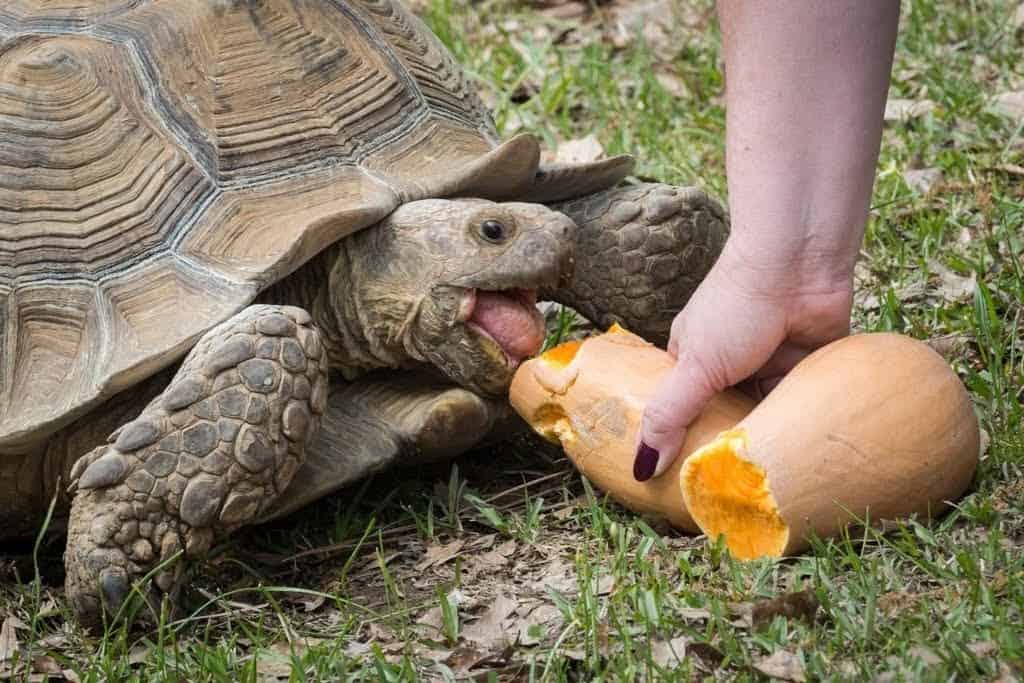
Tell Us About Your Volunteers
Hands-down, our most dedicated volunteer is Angela. She’s been with us since shortly after we incorporated and has been here week in and week out. She’s even taken on the task of helping with our educational efforts and has assisted me on several out-of-town trips to educational events. We also have several other ladies who have been coming at least once a week, every week, for the past couple of years. They are incredibly helpful to me, and I couldn’t do what I need to do without them. We are so blessed to have all our faithful volunteers!
Where Do Most Of The Animals In Your Rescue Come From, And What Is The Process For Rescuing And Rehabilitating Them?
Most of our rescues come from the general public, although we do also work with many all-species wildlife rescues across the state. These other rescues happily accept injured turtles but don’t have the facilities to care for them long-term. Since turtles take months (sometimes years) to rehabilitate, they transfer those turtles to us to complete their rehab. But most of the time, it’s just John Q Public who notices a turtle that’s been hit by a car or attacked by a dog or caught on a fishing line, etc. They call us and we start the process of finding transport for that turtle to our facility. We are the only turtle/tortoise-specific rescue in the state, so turtles that need our help outside our central area get transported here from every corner of Mississippi. We rely heavily on volunteers for these transports. We will make a Facebook post and ask if anyone is coming this way and, if so, if they could bring a small passenger with them. Once the turtle arrives here, we assess them and begin treating their injury or illness. Turtles remain in what we call our ICU/turtle hospital until they no longer need constant care, medications, monitoring, etc., and then they move to one of our outbuildings. Once they are eating and demonstrate that they can move around normally, they then get moved to an outdoor enclosure. Once outside, we are completely hands-off except for occasional examinations. We put food in when they’re not looking; we don’t talk to them, we don’t handle them, etc. We don’t want them to get too accustomed to us humans or for them to start to think of humans as “good.” Not all humans are, so we want them to retain a healthy fear of our species. Once a turtle’s wounds are completely healed, he/she has exhibited the ability to do everything a healthy turtle could do, and assuming the temperatures are warm enough; he/she is then released back to the wild. Box turtles are taken back to within ¼ mile of where they were found, aquatic turtles are returned to the watershed from which they originated, and our only tortoise species, the gopher tortoise, is transferred to the MS Department of Wildlife, Fisheries, and Parks for release. If a turtle is not native here, we don’t know its location of origin, or they were a surrendered pet, then that turtle is placed for adoption by a well-qualified individual or institution. We also adopt out turtles that can’t be released due to the effects of their injury or illness (such as blind turtles, turtles missing 2 or more legs, severe shell injuries that leave the turtle exposed to greater risk of predation, etc.)
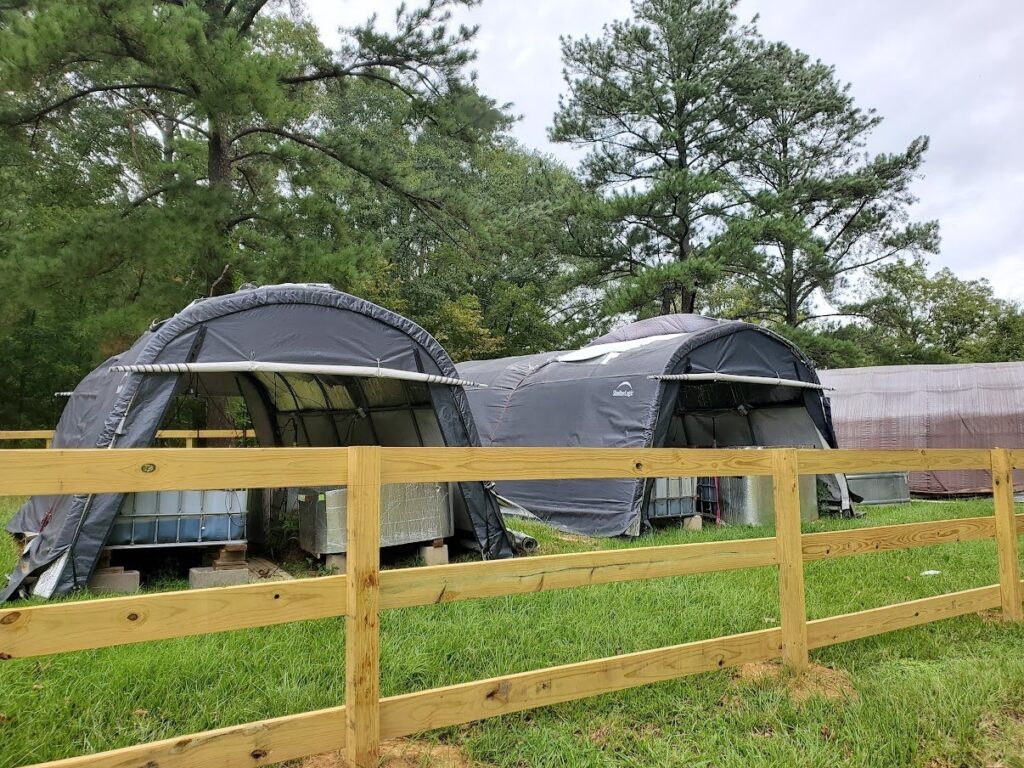
What Are The Busiest Periods And How Does Central MS Turtle Rescue Cope?
Our busy season starts in March and goes through November (with the peak of the busy season being April, May, and June.) But since our winters are generally short and mild here, we do still get turtles year-round. Thankfully, though, winter is a little less hectic. We begin getting ready for what we call “turtle season” in February. We stock up on food, medical supplies, medications, etc. We start assessing all the turtles that spent the winter here to evaluate their release status, and we start cleaning out unused enclosures to make room for new intakes.
What Animals Does Central MS Turtle Rescue Focus On?
Since I was a child, I’ve always loved and identified with turtles. Just like a turtle, I am an introvert and prefer to remain closed up (in my shell) rather than face confrontations. I’ve always admired their perseverance and their fight to survive. Through millennia, they have managed to survive where many other species have failed, and with very little change in their physical structure. They’re just incredible, amazing animals, yet, also so overlooked. Most people don’t give them a second thought, or they think of them as disposable. Many people fear them. When Booboo passed, and I realized that these wonderful creatures had no one in Mississippi to be their champion, I knew what I had to do. The most challenging thing about running this rescue is drumming up support for such a specialized animal. We’ve found people are either (a) passionate about turtles or (b) don’t really care about them at all. It can make fundraising challenging, to say the least.
Working With The Local Community
We are very blessed to network with most other wildlife rescue organizations in Mississippi. We have great working relationships with them and with many domestic animal shelters throughout the state, as well as with state and federal officials. Our position is that “we’re here for the turtles.” Doing that means we have to be here for the other people and organizations who deal with them. We are always happy to be a resource for them, and they, in turn, have been amazing resources for us. Mississippi has some incredibly passionate wildlife rehabbers who are always happy to share resources or knowledge, and this has made for a fantastic community of people who truly care about Mississippi wildlife and give up their lives to serve them. We’re fortunate to be a part of that network.
Tell Us More About Your Events
We’re currently doing a fundraiser for three (expensive) upcoming projects: (1) purchase/install a water filtration system in our turtle hospital, (2) make repairs/upgrades to the fence surrounding the property, and (3) build a special screened room on the front of our turtle hospital that will serve as a protected area where we can assess a turtle’s mobility. Since turtles don’t usually walk on command, we need a place where we can set them down and walk away so that they feel safe. This secure screened room will have a camera where we can watch them walk and assess their mobility after a traumatic injury. It will also help us determine when a turtle is healed enough to be released. We’ve received estimates on these projects, so we’re looking to raise the $7,000-$8,000 needed to start work. We are also always looking for new volunteers. My husband recently changed jobs and now has even less time to help run the rescue. We could really use some folks to help feed, water, and clean cages.
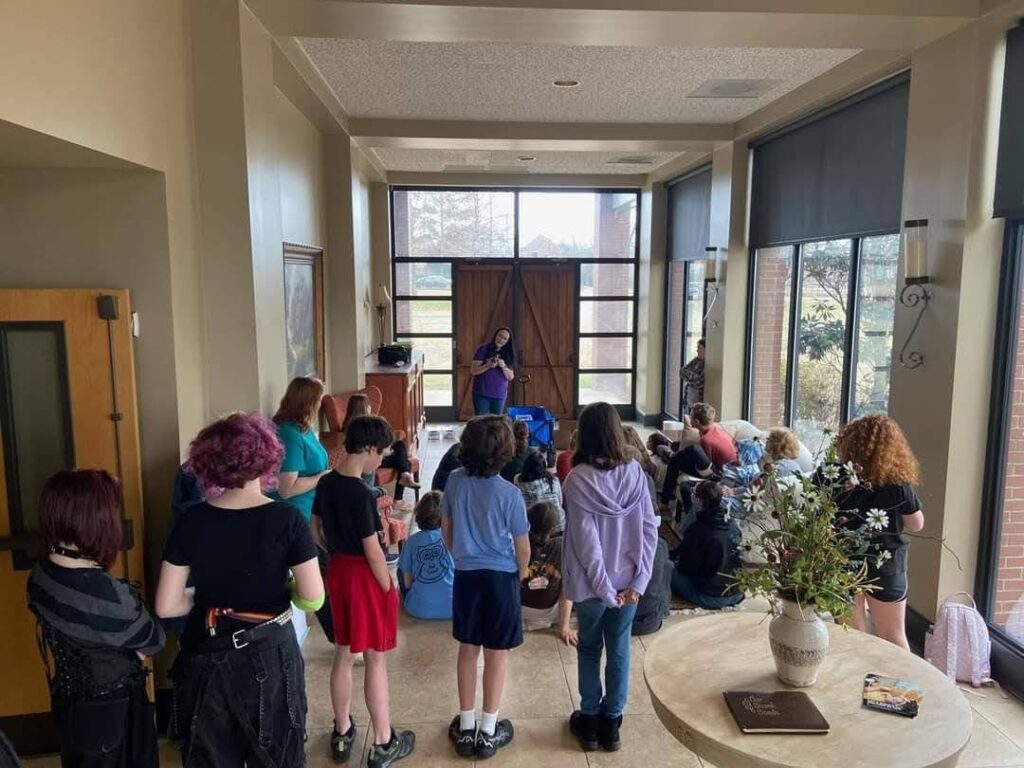
What Is Done Differently at MS Turtle Rescue?
We are the only turtle/tortoise-specific rescue in the state of Mississippi. These animals require specialized care, and we are happy to have had almost two decades of experience caring for them and studying their specialized needs. We are also the only organization in our state (to my knowledge) that give educational presentations free of charge. This is, again, dependent on donations, but we hope to continue to offer this free public service for many years to come. Our position is that education will lead to fewer human-turtle conflicts and could reduce the number of injuries we see, so it is well worth the cost we absorb to bring these programs to people around the state. We also have been sponsored by the National Veterinary Associates to bring a Turtle Shell Repair Lab to vet schools across the southeast. We’ve done 3 of them so far and are eager to bring this lab to more schools!
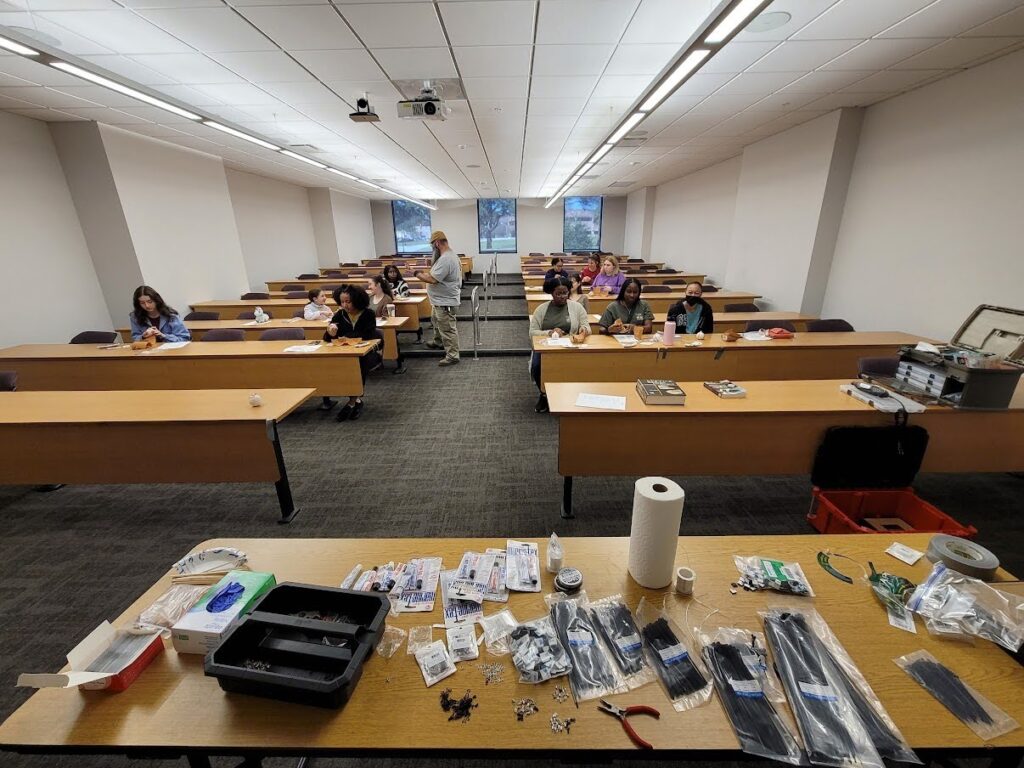
How Has MS Turtle Rescue Adapted To The Challenges Presented By The Pandemic?
Just days before the start of the pandemic, my husband was diagnosed with congestive heart failure. Since COVID was known to be especially dangerous for heart patients, we had to pretty much lock ourselves away. This meant that we could no longer travel to pick up turtles, educational programs were put on hold, volunteers were sent home, and turtle drop-offs had to be done in a safe, no-contact way. It was definitely a challenging time. We ran the entire rescue with just the two of us, while we were both still working full-time, and that was incredibly difficult. Things have mostly gone back to pre-pandemic “normal” now, and I retired from my full-time job in December in order to devote more time to the rescue.
Ash is a young adult male alligator snapping turtle. Snapping turtles generally get a bad rap, and people do tend to be fearful of them, but the person who found Ash took it to a whole new level. Ash had been caught on a fishing trot line. A local young man (and known drug abuser) found him, removed him from the fishing line, and then proceeded to beat Ash with a shovel to “beat the evil out of the beast,” as he proclaimed on Facebook. A friend of the Rescue saw the Facebook post and talked the man into letting her take the turtle. Ashley drove 2 hours to meet up with this troubled young man and brought that turtle here to us. He was in very bad shape. His skull was caved in, and the skin around the base of his skull was badly lacerated. It took over a year for Ash to even eat and almost two years before he started to act like a normal snapping turtle again. As of this writing, he is doing wonderfully and is healthy enough to be released this spring!
In 2017, we were contacted by the West Memphis, AR, Animal Shelter. A man had contacted them about some turtles he had found. He had been searching for scrap metal to recycle when he happened upon a discarded dishwasher behind a strip mall. When he tried to move the dishwasher into his truck, he realized it was full. Upon opening it, he discovered 21 Diamondback Terrapins inside. Diamondback Terrapins are native to coastal areas. They live in brackish water, usually where rivers meet oceans. There was a restaurant in the strip mall that had been closed by the health department two weeks prior. Since these turtles are not native to anywhere near that area but are often enjoyed by some cultures as a delicacy, it was assumed that the turtles had simply been discarded when the restaurant was suddenly shuttered. These 21 turtles spent two weeks in the blistering August heat in that tiny dishwasher. Two of them had died, and the rest were all sick with respiratory illness and/or skin lesions/fungus. Since these turtles weren’t native to Arkansas, we brought the turtles down here (with permission from the state) and began medical treatment for them. Many were too far gone to help, unfortunately, and we lost several more. Out of the original 19 live turtles we brought back, only 12 survived.
In 2018, we were contacted by representatives from what would become the new Mississippi Aquarium. They were looking for animals for their displays, and they preferred to offer a home to animals that could not be released. Among several other turtles, they requested all 12 of the Diamondback Terrapins. In 2018, the turtles all moved to their new homes, and in 2020, they went on display at the Mississippi Aquarium when they opened and can still be seen there today.
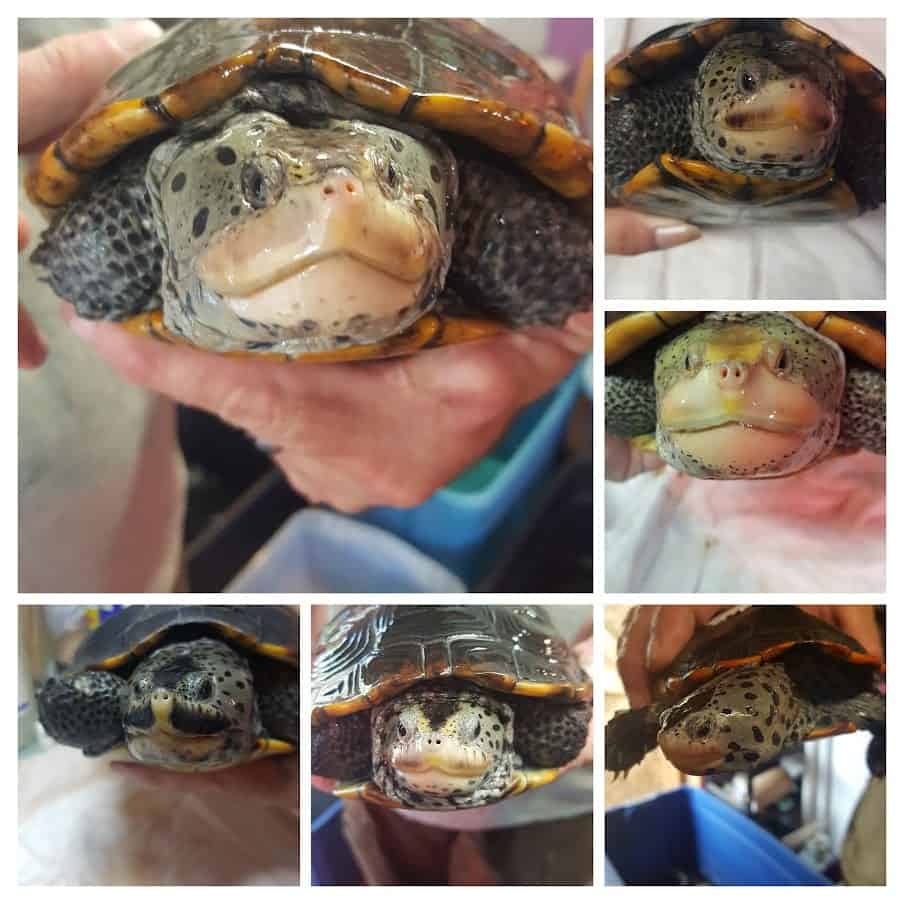
What Kind Of Help Does Your Organization Need From The Local Community?
Funding/donations, and volunteers.
Connect With Central MS Turtle Rescue here:
Address: Florence, MS 39073
Phone: (601) 672-1418
Website: www.centralmsturtlerescue.com
Wondrousdrifter.com is thankful to Central MS Turtle Rescue for the interview.
Check out this page for the list of animal shelters in Jackson, Mississippi.












